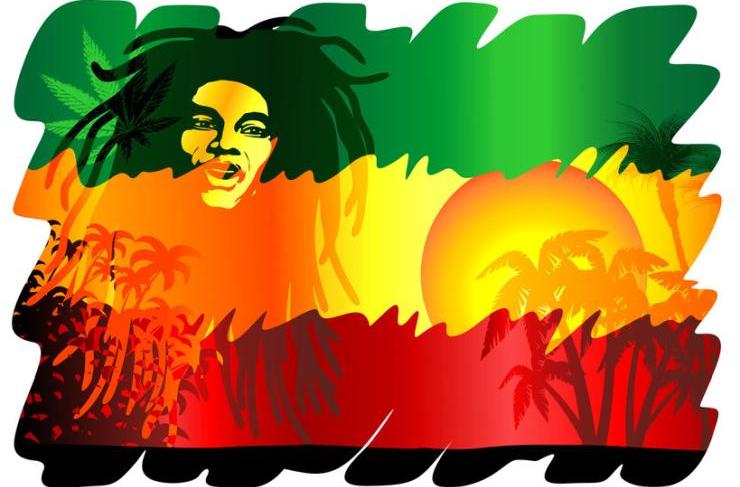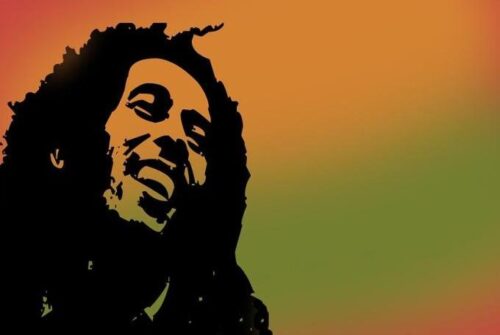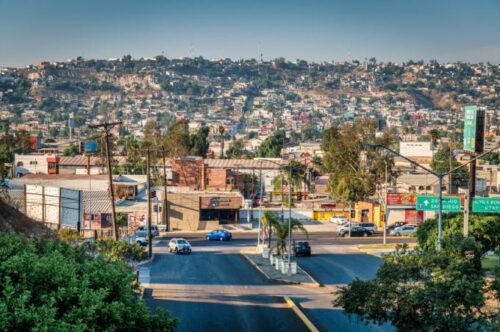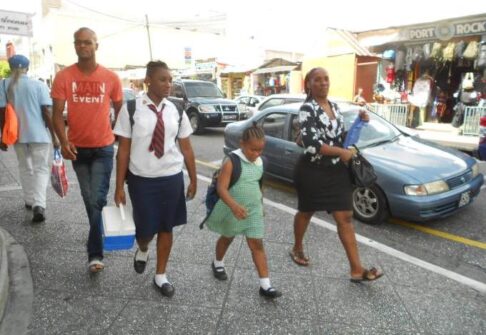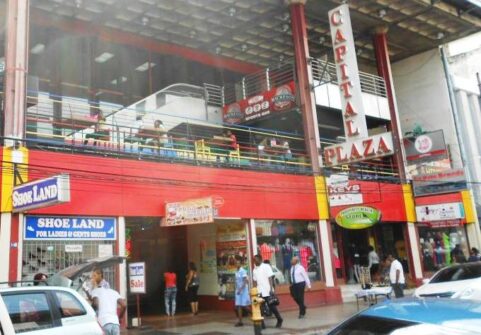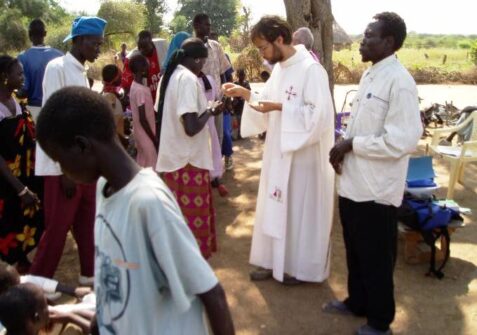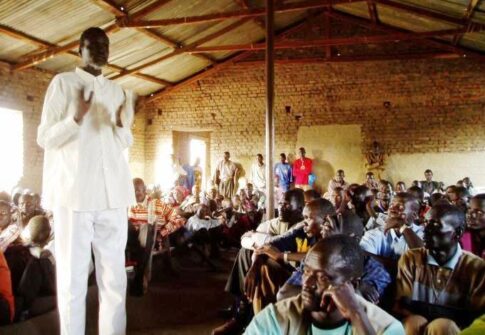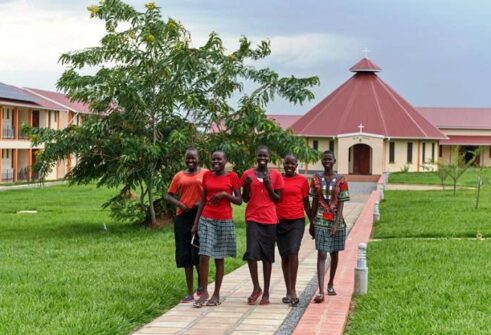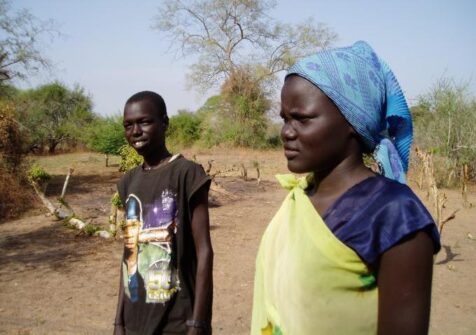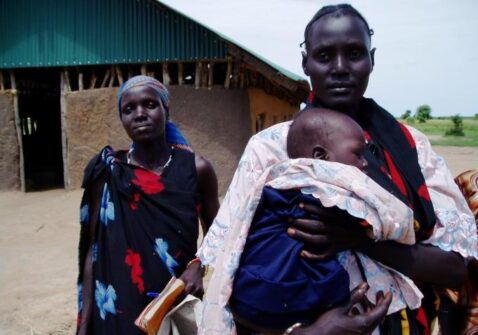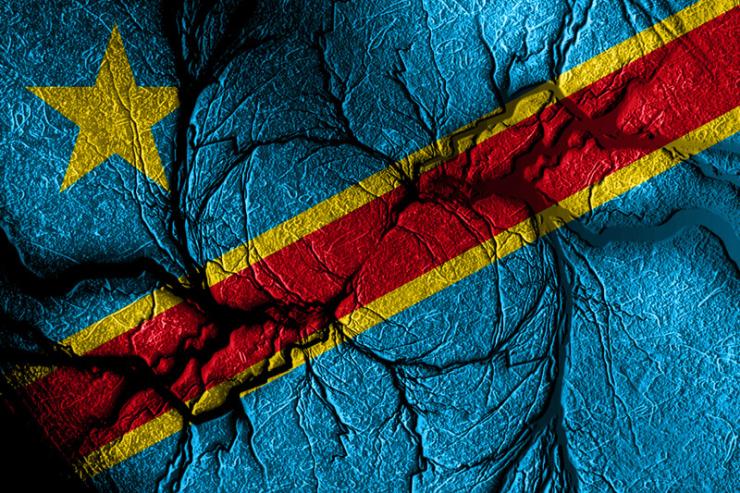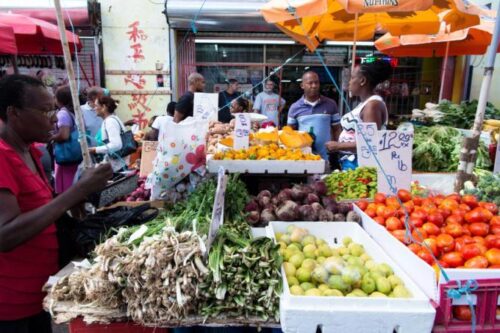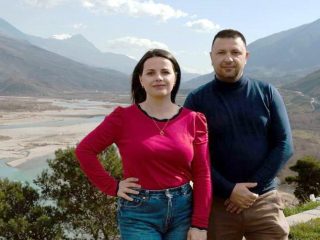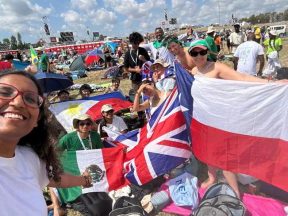Life is precious and sacred. Many people believe in the sanctity of the human person with rights and dignity to be protected and preserved. This is not true for many more who kill and murder and execute their perceived enemies.
Those that declare war and invade other nations are also guilty of bringing death and destruction. There is no “good” war. In the end, after millions are dead and wounded, peace is negotiated and made, and life returns to normal. Why then fight the war in the first place and not negotiate a settlement of differences before violence is inflicted? That is because war is very profitable for weapons manufacturers. A prolonged “endless” war is the best thing ever for the industrial military complex.
This industry dominates and greatly influences American politics and the US economy. It is what President Dwight Eisenhower warned the nation about in 1946. He called it a danger to the nation. The permanent armaments industry is today immensely greater and more powerful. It needs, and perhaps, promotes continuous wars to sell more arms to prosper and grow.
The politicians, the arms manufacturers and traders get their political candidates elected who seemingly work continually to support military interventions. This is the great wrong behind all wars: immense greed fuelled by lies, ambition and power. The American people are mostly duped into believing that their national security is always under threat and a super strong military, always at war, with real or imagined enemies, is necessary.
The futility of the Afghan twenty-year unwinnable war has brought incredible suffering and death to millions of civilians and soldiers and generated hundreds of thousands of refugees and displaced people. The invasion was launched primarily to deprive Al Qaeda terrorits a haven in Afghanistan, which was then controlled by the Taliban.
When that was achieved, the occupation continued and was prolonged mostly for the glory of US career generals and the benefit of the US industrial military complex and a few thousand corrupt Afghan politicians and their cronies. The immorality of it is staggering. We do not live in a just or moral world. The disaster is still unfolding as thousands of people are rushing to the airport to escape the Taliban on US and UK planes.
According to research by Brown University, the number of innocent Afghan civilians caught in the crossfire or killed by suicide bombers is a shocking 47,245 men, women and children.
Countless others are wounded, having lost arms and legs and they will suffer for the rest of their lives.
Besides, half-trained 66,000 Afghan army and police were killed. The number of Taliban and other opposition fighters that were killed is 51,191. A total of 164,436 Afghan people died in this avoidable war.
In Afghanistan, in the 20-year war, as many as 2,448 American service members were killed up to April 2021. An additional 3,846 U.S. contractors, civilians and mercenaries were killed, and as many as 1,344 service people of the NATO alliance died also. The number of aid workers killed is 444. Seventy-nine journalists were also killed. A total of 8,161 needless deaths.
How could a mostly unpaid guerrilla band of fighters, armed mostly with AK-47s, RPG rocket launchers, home-made bombs and riding pickups and motorbikes with walkie-talkie radios, defeat the greatest, most powerful sophisticated well-paid army, air force and navy in the world, the best funded and most expensive?
According to Brown University calculation, the US spent $2.26 trillion in Afghanistan, or $300 million a day. The 29,950 US troops with 300,000 Afghan military and police were beaten to a standstill by a much smaller force and the US under Donald Trump gave up and sued for peace.
It seems that the Taliban had a few things going for them more than guns and bombs, religion for one.
They were defeated in 2001 and driven out of Afghanistan but they hid in the mountains and regrouped. Their deep radical Islamic faith, some may call it fanatical, kept them going.
Their unshakable belief that Allah was truly on their side and their hope of establishing in their native land a strict even cruel, misogynist Islamic state, under Allah, was their unshakable dream. Besides, death in a Holy War would bring them their instant reward in paradise. That is what they fought for, not a paycheck.
Their medieval harsh religious faith motivated them sharply and they became ferocious fighters, taking risks and were a formidable enemy against a foreign invader on the battlefield with all the odds of weaponry and manpower against them. They had defeated the Russians and were convinced they could defeat the United States.
Crucial for victory was their positive negotiations with local tribal leaders to win the hearts and minds of the local population. This they did by infiltrating their sleepers into villages and municipalities. As their fighters drew near to a village or town or provincial capital and surrounded it, their sleepers had already prepared the way and emerged.
They had influenced local tribal leaders to support them without resistance by making deals and paying cash handouts. It worked. They allowed poppy cultivation and heroine production and earned millions of dollars from it to finance their war. They captured border points and collected tax on everything imported or exported.
The Taliban had a clear tactic to negotiate with government troops and police to persuade them not to kill fellow Afghans but save themselves and their families. They left them little choice, desert to us or die with their wives and children. Thousands of unpaid soldiers changed sides and they delivered their US-supplied weapons to the Taliban, too.
Many Afghan army commanders were corrupt and brutal to their troops so the deserter didn’t need much encouragement to switch sides. Eighty-five billion US dollars was spent on training them to fight, according to Brown University.
A pre-negotiated surrender seems to explain how the Taliban took provincial capitals quickly and Kabul without firing a shot. It was pre-arranged and the United States seems to be caught by surprise unless they had agreed to a secret surrender that came all too quickly for most. The human cost is immense as stated above. The financial cost to the United States is gigantic. It is obliged to pay health and disability costs for almost 4 million war veterans of the Afghanistan and Iraq wars costing almost $2 trillion, wars which have already cost the US $2.6 trillion to wage and most of it is borrowed with interests. By 2050, that interest is estimated to cost the American taxpayer $6.5 trillion. The banks and lenders are thrilled, they love lending to finance wars.
Where did most of the $2 trillion in war costs go? You may ask. Where else but to the industrial military complex and companies therein and they are very happy about it. They love wars, too. What was achieved from these wars? Nothing but human suffering, devastation and misery. Now, the Taliban are back with promises of a less harsh regime than 20 years ago. But, will they keep them? That remains to be seen.
Fr. Shay Cullen
